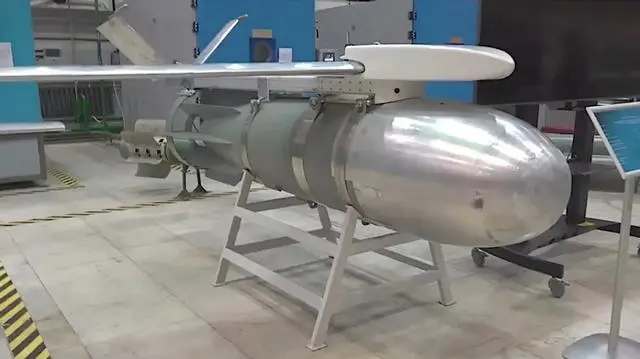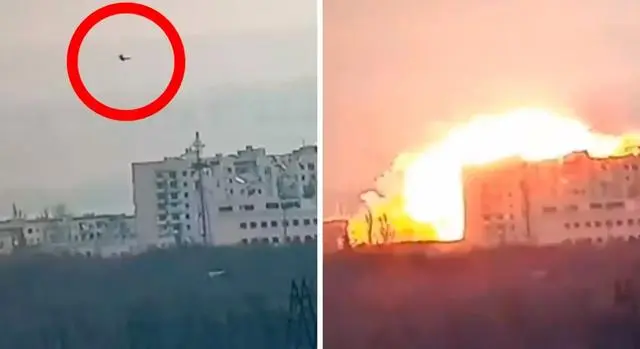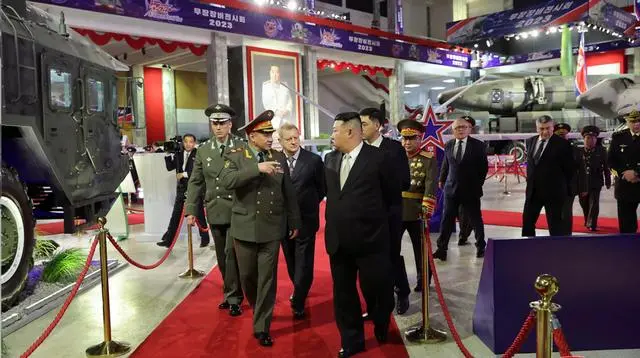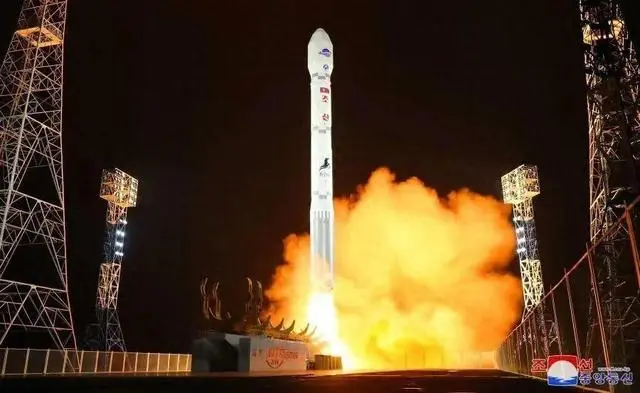By Wang Yanan, Editor-in-Chief of Aviation Knowledge
Since the imposition of sanctions by the United States on Russia, the nature of Russia’s connections with foreign countries has garnered significant attention. According to a report from the South Korean newspaper “Dong-a Ilbo” on March 13th, a Russian cargo aircraft, an IL-76TD operated by Aviacon Zitotrans, departed from Moscow on March 6th, arrived at Pyongyang Sunan International Airport in North Korea on the 11th, and approximately two hours later took off again en route to China.
The most reasonable speculation regarding the flight path of this IL-76, registered as RA-76842, is that it delivered goods to North Korea and then proceeded to China for further transactions.
The return journey confirms this speculation to a large extent. According to reports from NK News, the IL-76 departed from Shanghai Pudong International Airport around 5:30 PM on the 11th, flew north over the Yellow Sea for about 1.5 hours before heading back towards Pyongyang. This news, however, raises some doubts because RA-76842 took five days to reach Pyongyang from Moscow. Why then could it complete round trips between Pyongyang and Shanghai within a matter of hours? This timeline also needs to account for the time required for loading and unloading cargo.
Nevertheless, the uncertainty lies primarily in the timing. The real crucial aspect is what exactly this IL-76 transported to North Korea and what it took from Shanghai.
According to the official website of Aviacon Zitotrans, this airline, established in 1995, operates five IL-76TD aircraft, specializing in the global transportation of heavy and oversized, high-value goods, dangerous goods, aerospace equipment, humanitarian supplies, and military equipment.
The IL-76TD, a freighter variant of the IL-76MD, has a maximum payload of 50 tons. With a payload of 40 tons, its range is 4900 kilometers. The straight-line distance between Moscow and Pyongyang is around 6400 kilometers, and considering other factors affecting flight efficiency, this distance would be even longer. This explains why it took from March 6th to the 11th to arrive.
Another possibility is that the IL-76TD carried heavy cargo or goods of exceptionally high value, necessitating multiple landings for refueling and aircraft inspection, thus causing the delay.
There isn’t much in terms of technological equipment that Russia can provide to North Korea that is particularly heavy. The possibility of missiles, for instance, is low since the Russian military itself is short on them. Therefore, it can be inferred that what RA-76842 carried was likely goods of significant value, such as satellites, aircraft engines, rocket engines, and so forth.
In fact, this isn’t the first time Russian aircraft have visited North Korea. In August last year, shortly after Russian Defense Minister Shoigu’s visit to North Korea, an IL-62 arrived in the country, allegedly carrying a senior Russian military officer responsible for negotiating new military cooperation agreements with North Korea. This left Western intelligence agencies puzzled since military cooperation between the two countries was already quite close, prompting questions about the necessity for further negotiations.
At that time, speculation was rife that North Korea was negotiating with Russia to transfer certain technologies, such as North Korea’s “Nexstar-4” drones, which bear a striking resemblance to the US’ Global Hawk, with a wingspan exceeding 35 meters, a technology Russia lacks. Additionally, it was speculated that North Korea might provide Russia with details on medium-range ballistic missile technologies for further discussion. Looking back, it seems Western intelligence agencies were quite accurate in their assumptions, as Ukrainian reports have repeatedly found instances of Russian military using North Korean-made missiles, such as the Hwasong-11, as well as certain rocket projectiles.
As for the purpose of visiting China, without concrete evidence, it can only be speculated that it involved relatively lightweight yet crucial goods, such as various civilian semiconductor products. If indeed purchasing such goods requiring a certain level of technological expertise, they should have gone directly to Shenzhen, bypassing Shanghai altogether, as Shenzhen is home to Huaqiangbei, which would likely save on shipping costs. The only advantage of visiting Shanghai might be to obfuscate intentions, preventing detection by Western intelligence agencies.

There is some evidence to support this. According to reports from Ukrainian frontline military units, as of late January this year, the Russian Aerospace Forces began extensively using FAB-1500 heavy aviation bombs equipped with glide guidance kits. These bombs have been used by Soviet/Russian aviation since the 1980s, but most of the time they were unguided free-fall bombs, with rather poor accuracy. After being equipped with guidance kits, however, things changed. Russian Su-34s can now drop guided bombs beyond the reach of Ukrainian air defense systems, and with guidance kits ensuring bombing errors don’t exceed 5 meters, the 675 kilograms of explosives can create massive 15-meter craters, a grim prospect for unprotected infantry.
For instance, soldiers from the Ukrainian 46th Airborne Brigade reported that due to the terrifying power of these bombs, Russian forces became more aggressive in their attacks. A Ukrainian Air Force spokesperson stated that during the battle of Avdiivka, Russian forces extensively used guided FAB-1500 bombs, believing that such intense firepower was one of the reasons why Ukrainian forces had to abandon Avdiivka.

With frontline conflicts intensifying, Russia indeed needs to purchase or exchange critical technologies or equipment from abroad. This IL-76842’s visits to Pyongyang and Shanghai may be indicative of this need. Although the specifics remain uncertain, given Russia’s ability to gain a significant advantage by acquiring some “preliminary products” from North Korea, if NATO doesn’t increase its stakes soon, Ukraine’s complete collapse may be imminent this year.

